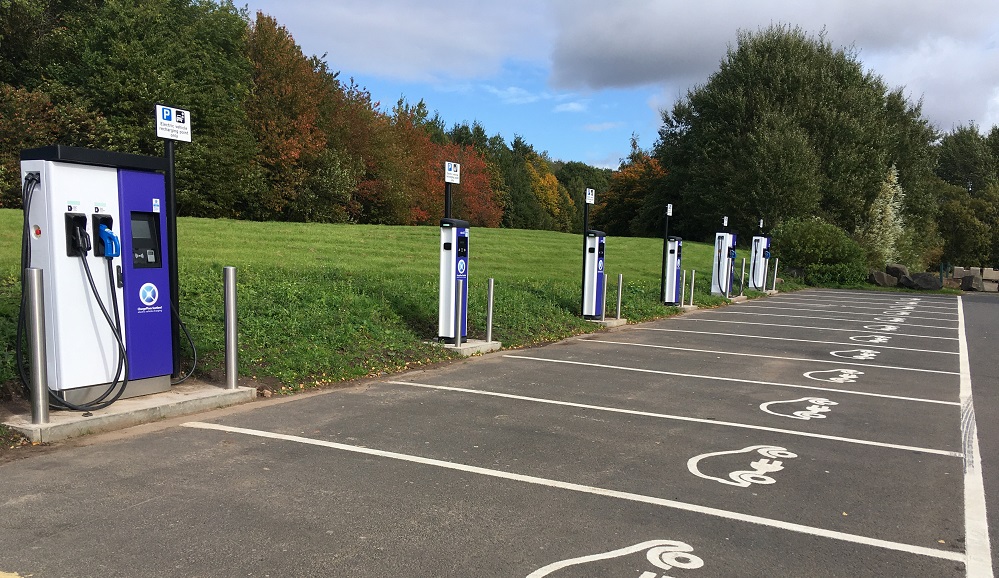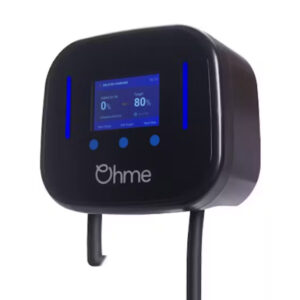Did you know?
It’s not just people who want a home electric car charger installed who can claim a £350 government grant.
A business can too. It’s true.
If you have designated parking near to your business premise you can claim £350 towards each electric car charging outlet installed.
You can even have one car charger installed with 2 outlets and claim 2 grants worth a cool £700.
Unbelievably, a business can have up to 40 electric car charger outlets installed and claim £350 for every single one.
Mind blowing isn’t it?
Workplace chargers give you the convenience of charging your company vehicles at the cheapest possible electricity rates.
But there’s another hidden benefit that many don’t know about.
You can let your team members charge their own personal vehicles, as some workplace charges have a fob system, which will send you a report on how much they’ve spent.
Even landlords could install them for their tenants to use and incorporate the electricity charges into their monthly service charges.
With all these benefits why not apply at https://www.evolutionsolutions.co.uk/
…and claim a free site survey.


